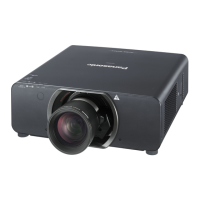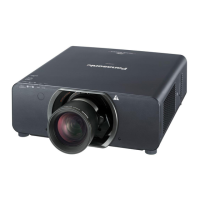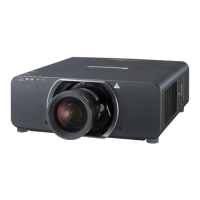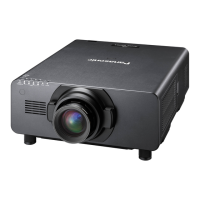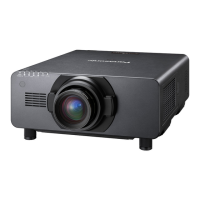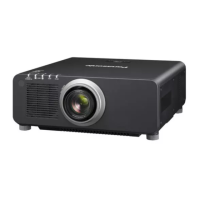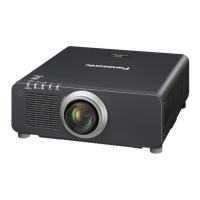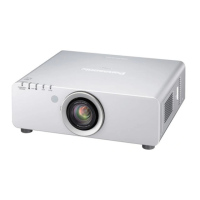INSTRUMENT SELECTION AND USE
Exposure/Absorbed Dose Rates (photon) - Ion Chamber,
Energy Compensated GM, Tissue-Equivalent Plastic
3
Dose Equivalent Rates (neutron) - BF or He moderator,
3
Neutron-Proton Recoil (Rossi Detector, Liquid Plastic
3
Scintillator, Plastic/ZnS Scintillator) , LiGdBO -loaded Plastic
Beta and activity - Proportional Counter, GM, Plastic
Scintillator
Alpha activity - Proportional Counter, ZnS Scintillator, Air
Proportional, Solid-state Silicon, Plastic Scintillator
Alpha + beta activity - Proportional Counter, Plastic/ZnS
Scintillator, Plastic Scintillator, Solid-state Silicon
Gross gamma activity - NaI, CsI
X-ray spectroscopy - Si(Li)
Gamma spectroscopy - HPGe, CZT, HgI, CsI, LaBr
Alpha spectroscopy - Frisch Grid, Solid-state Silicon
Beta spectroscopy - BGO, Plastic Scintillator, Silicon
1. Select an instrument appropriate for the isotope(s) to be surveyed
for.
2. Check instrument for a valid calibration sticker and for damage that
would prevent it (them) from operating acceptably.
3. Check the battery condition.
4. Perform an operational (or performance) check.
5. Determine the isotope(s) correction factor to be applied to the
instrument.
6. Calculate the instrument’s MDA and compare to survey criteria.
7. If the instrument does not meet all of the above criteria, then
replace the instrument (or change/charge the batteries) or change
your survey technique so that the instrument’s MDA will meet the
survey criteria.
9. Perform and then document the survey.
68
INSTRUMENT SELECTION AND USE
Exposure/Absorbed Dose Rates (photon) - Ion Chamber,
Energy Compensated GM, Tissue-Equivalent Plastic
3
Dose Equivalent Rates (neutron) - BF or He moderator,
3
Neutron-Proton Recoil (Rossi Detector, Liquid Plastic
3
Scintillator, Plastic/ZnS Scintillator) , LiGdBO -loaded Plastic
Beta and activity - Proportional Counter, GM, Plastic
Scintillator
Alpha activity - Proportional Counter, ZnS Scintillator, Air
Proportional, Solid-state Silicon, Plastic Scintillator
Alpha + beta activity - Proportional Counter, Plastic/ZnS
Scintillator, Plastic Scintillator, Solid-state Silicon
Gross gamma activity - NaI, CsI
X-ray spectroscopy - Si(Li)
Gamma spectroscopy - HPGe, CZT, HgI, CsI, LaBr
Alpha spectroscopy - Frisch Grid, Solid-state Silicon
Beta spectroscopy - BGO, Plastic Scintillator, Silicon
1. Select an instrument appropriate for the isotope(s) to be surveyed
for.
2. Check instrument for a valid calibration sticker and for damage that
would prevent it (them) from operating acceptably.
3. Check the battery condition.
4. Perform an operational (or performance) check.
5. Determine the isotope(s) correction factor to be applied to the
instrument.
6. Calculate the instrument’s MDA and compare to survey criteria.
7. If the instrument does not meet all of the above criteria, then
replace the instrument (or change/charge the batteries) or change
your survey technique so that the instrument’s MDA will meet the
survey criteria.
9. Perform and then document the survey.
68
INSTRUMENT SELECTION AND USE
Exposure/Absorbed Dose Rates (photon) - Ion Chamber,
Energy Compensated GM, Tissue-Equivalent Plastic
3
Dose Equivalent Rates (neutron) - BF or He moderator,
3
Neutron-Proton Recoil (Rossi Detector, Liquid Plastic
3
Scintillator, Plastic/ZnS Scintillator) , LiGdBO -loaded Plastic
Beta and activity - Proportional Counter, GM, Plastic
Scintillator
Alpha activity - Proportional Counter, ZnS Scintillator, Air
Proportional, Solid-state Silicon, Plastic Scintillator
Alpha + beta activity - Proportional Counter, Plastic/ZnS
Scintillator, Plastic Scintillator, Solid-state Silicon
Gross gamma activity - NaI, CsI
X-ray spectroscopy - Si(Li)
Gamma spectroscopy - HPGe, CZT, HgI, CsI, LaBr
Alpha spectroscopy - Frisch Grid, Solid-state Silicon
Beta spectroscopy - BGO, Plastic Scintillator, Silicon
1. Select an instrument appropriate for the isotope(s) to be surveyed
for.
2. Check instrument for a valid calibration sticker and for damage that
would prevent it (them) from operating acceptably.
3. Check the battery condition.
4. Perform an operational (or performance) check.
5. Determine the isotope(s) correction factor to be applied to the
instrument.
6. Calculate the instrument’s MDA and compare to survey criteria.
7. If the instrument does not meet all of the above criteria, then
replace the instrument (or change/charge the batteries) or change
your survey technique so that the instrument’s MDA will meet the
survey criteria.
9. Perform and then document the survey.
68
INSTRUMENT SELECTION AND USE
Exposure/Absorbed Dose Rates (photon) - Ion Chamber,
Energy Compensated GM, Tissue-Equivalent Plastic
3
Dose Equivalent Rates (neutron) - BF or He moderator,
3
Neutron-Proton Recoil (Rossi Detector, Liquid Plastic
3
Scintillator, Plastic/ZnS Scintillator) , LiGdBO -loaded Plastic
Beta and activity - Proportional Counter, GM, Plastic
Scintillator
Alpha activity - Proportional Counter, ZnS Scintillator, Air
Proportional, Solid-state Silicon, Plastic Scintillator
Alpha + beta activity - Proportional Counter, Plastic/ZnS
Scintillator, Plastic Scintillator, Solid-state Silicon
Gross gamma activity - NaI, CsI
X-ray spectroscopy - Si(Li)
Gamma spectroscopy - HPGe, CZT, HgI, CsI, LaBr
Alpha spectroscopy - Frisch Grid, Solid-state Silicon
Beta spectroscopy - BGO, Plastic Scintillator, Silicon
1. Select an instrument appropriate for the isotope(s) to be surveyed
for.
2. Check instrument for a valid calibration sticker and for damage that
would prevent it (them) from operating acceptably.
3. Check the battery condition.
4. Perform an operational (or performance) check.
5. Determine the isotope(s) correction factor to be applied to the
instrument.
6. Calculate the instrument’s MDA and compare to survey criteria.
7. If the instrument does not meet all of the above criteria, then
replace the instrument (or change/charge the batteries) or change
your survey technique so that the instrument’s MDA will meet the
survey criteria.
9. Perform and then document the survey.
68
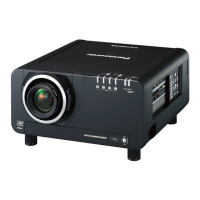
